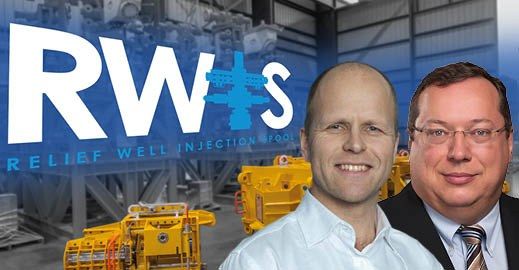Add Energy, the international energy consultancy and software provider, and its partner Trendsetter Engineering, have secured a second US patent for their world-first well kill equipment, they confirmed today
The Relief Well Injection Spool (RWIS) is the world’s only well kill solution that is capable of killing a blowing well with just one relief well – a process that typically would require two or more relief wells when faced with high discharge rated wells.
The RWIS received its first US patent in 2018 for the protection of the hardware. This second patent covers the process and system for killing a well through the use of relief well injection spools.
Morten Haug Emilsen, Senior Vice President of Well Control at Add Energy commented, “In addition to the RWIS assuring single relief well contingency, the RWIS also enables operators to optimize well economics and help unlock projects that wouldn’t normally be sanctioned. In purchasing access rights to the RWIS, operators are able to comply with legislation and in addition, reduce the number of wells required to meet production targets by increasing the completion size of the well bore, reducing CAPEX costs and maximizing production.”
Add Energy partnered with subsea hardware experts Trendsetter Engineering to design and develop the RWIS in 2015. Securing the second patent is an important milestone for both companies.
Brett Morry, Technical Director at Trendsetter Engineering added: “We are proud to receive a second patent for the RWIS. Not only does this patent validate the innovation in the design of the RWIS, but it also protects the means and methodology our experts created to use the RWIS for performing dynamic well kill operation via a single relief well.”
RWIS Methodology:
The RWIS increases the pump rate of kill mud into the blowing well by up to four times the rate of traditional methods. It achieves this by removing bottle-necks caused by restrictive choke and kill lines from the surface vessel to the seabed.
The spool, which pumps in excess of 200 barrels of kill mud per minute, is a significant advance for the industry. It allows the utilization of multiple vessels as opposed to the traditional method which requires the drilling of multiple relief wells.



